Authors:
ABSTRACT
Aim
The aim of this article was to describe the essential concepts of the split-mouth design, its underlying assumptions, advantages, limitations, statistical considerations, and possible applications in Paediatric Dentistry clinical investigation. DISCUSSION: In Paediatric Dentistry clinical investigation, and as part of randomised controlled trials, the split-mouth design is commonly used. The design is characterised by subdividing the child’s dentition into halves (right and left), where two different treatment modalities are assigned to one side randomly, in order to allow further outcome evaluation. Each participant acts as their own control by making within-patient rather than between-patient comparisons, thus diminishing inter-subject variability and increasing study accuracy and power. However, the main problem with this design comprises the potential contamination of the treatment effect from one side to the other, or the “carry-across effect”; likewise, this design is not indicated when the oral disease to be treated is not symmetrically distributed (e.g. severity) in the mouth of children. Thus, in spite of its advantages, the split-mouth design can only be applied in a limited number of strictly selected cases.
Conclusion
In order to obtain valid and reliable data from split mouth design studies, it is necessary to evaluate the risk of carry-across effect as well as to carefully analise and select adequate inclusion criteria, sample-size calculation and method of statistical analysis.
PLUMX METRICS
Publication date:
Issue:
Vol.18 – n.1/2017
Page:
Publisher:
Cite:
Harvard: A. Pozos-Guillén, D. Chavarría-Bolaños, A. Garrocho-Rangel (2017) "Split-mouth design in Paediatric Dentistry clinical trials", European Journal of Paediatric Dentistry, 18(1), pp61-65. doi: 10.23804/ejpd.2017.18.01.13
Copyright (c) 2021 Ariesdue

This work is licensed under a Creative Commons Attribution-NonCommercial 4.0 International License.
